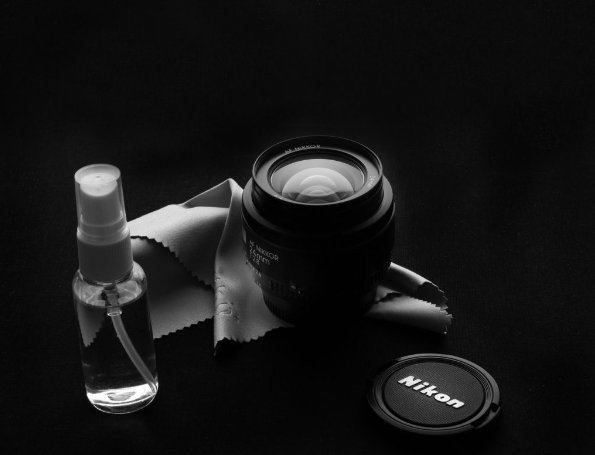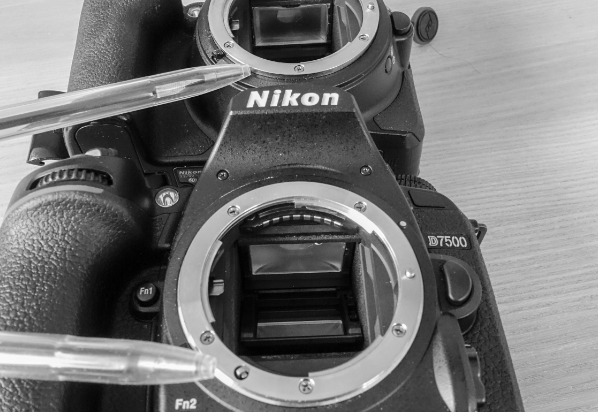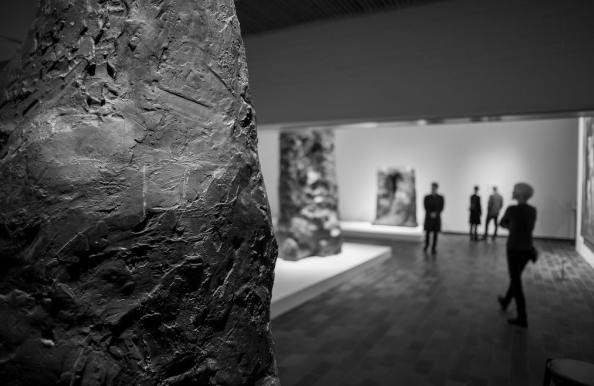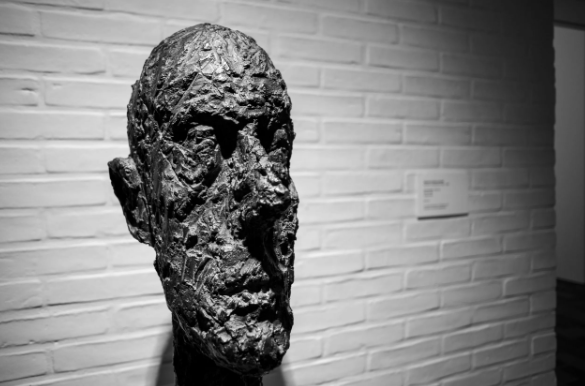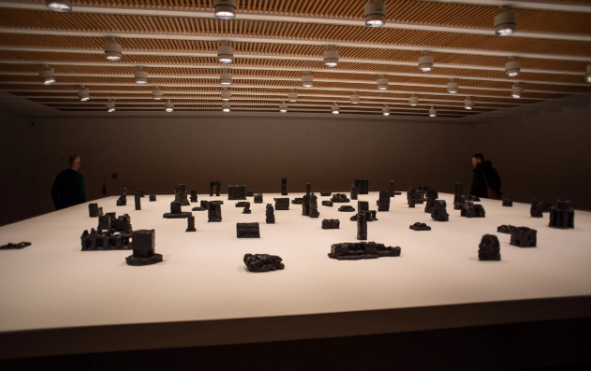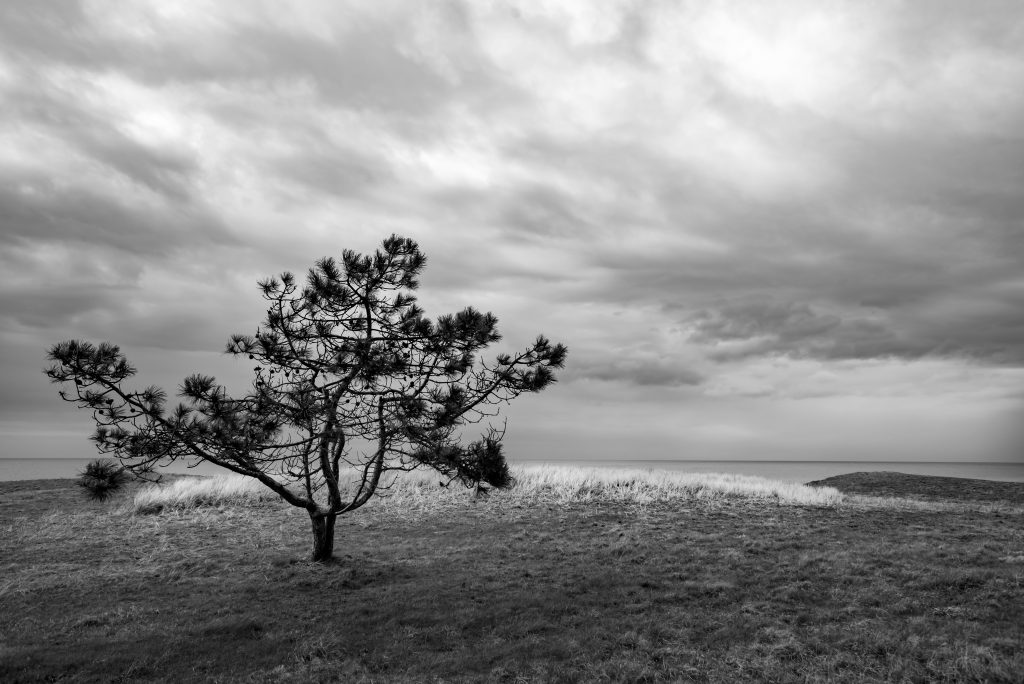Many photographers start out with an APS-C (cropped) sensor camera and make their first system camera shooting experiences with such one. And with good results. But as you dive more and more into the photography universe and all the gear debate, you unlikely come across the big question: what sensor size is right for you?
The full frame (FF) name comes from the fact that the sensor size on full frame is the same as good old analogue 35 mm film negative from back in the days when photography wasn’t digital at all. A cropped sensor (APS-C) is a tad smaller and the micro four thirds is even smaller than that. To confuse things even more, an even bigger sensor size is now starting to gain a larger market share, the medium size format. So there is plenty to choose from.
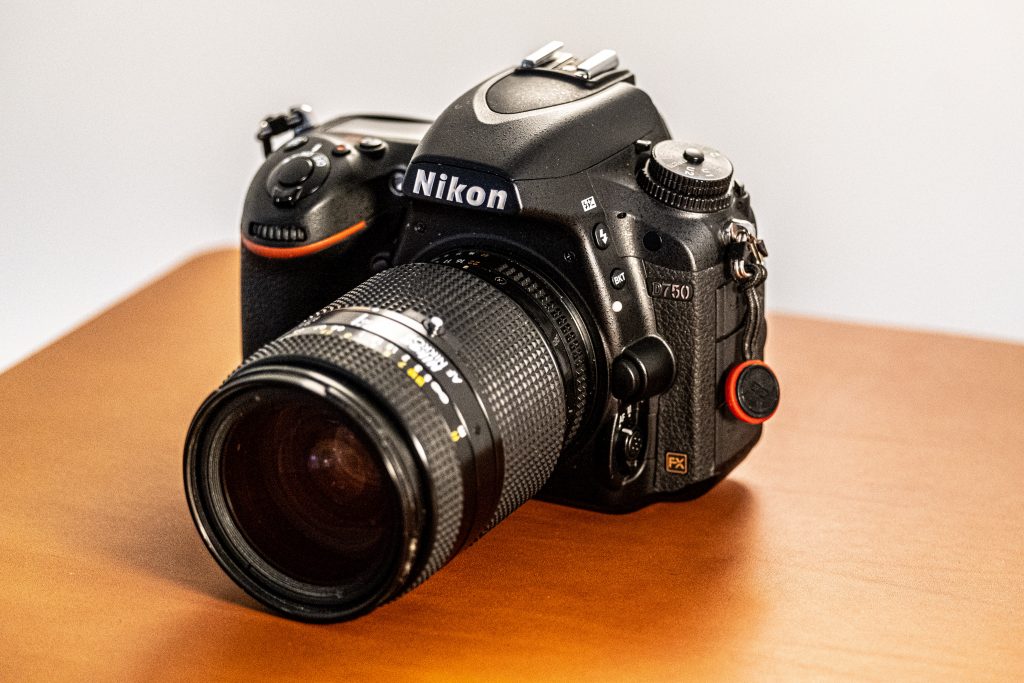
Full frame, but at 24 MP the resolution is at par with many APS-C cameras.
What attracts you to full frame (FF)?
When I upgraded from my Nikon D5600/D7500 (APS-C) to D750 (FF) it was for 2 reasons (1) curiosity and (2) I had to see the improvement for myself. Retrospectively I can say that the difference is not as big as you may think. And it is expensive to switch all your glass! Only some glass from APS-C can be used on FF and often with some vignetting, although the mount may be the same and the lens hence fits fine irrespective of sensor size. So be prepared to invest in a new lineup of lenses if you make the leap from APS-C to FF. Good news if you are a Nikon or Canon shooter is that there is plenty of vintage glass out there so you can upgrade your glass collection at a fraction of the cost compared to buying new glass. But it is still a significant investment, especially if you insist on prime lenses and need to cover the full range of focal lengths.
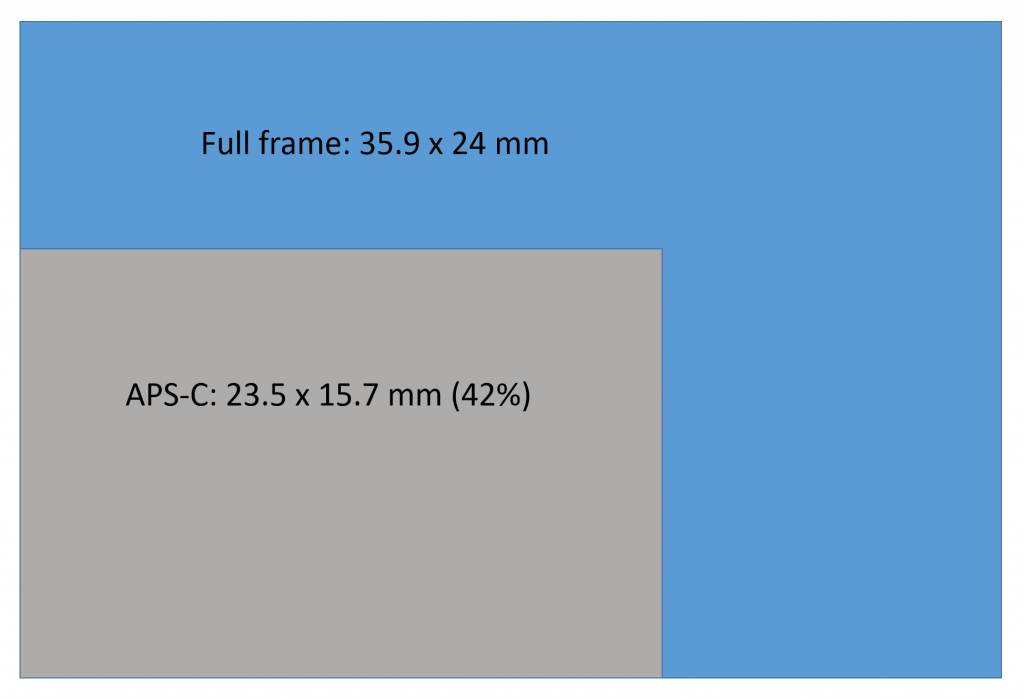
42% of the FF sensor, i.e. the FF sensor is more than 2 times larger than APS-C.
Put the question upside down!
If you want to understand what FF will give you compared to APS-C, you could look at it the other way and ask: what will a downgrade from APS-C to micro four thirds take away from me? As far as I can tell, not much. Portrait photographer Joe Edelman has made the shift, and so has the British landscape photographer James Popsys. None of them seem to miss anything, and they are happy that their gear and especially lenses weighs a lot less after they made the switch. So what is it with FF that is so attractive to some? Lets look at 3 arguments in favor of FF.
Low light performance (1/3)
One of the areas where FF shines is in terms of low light performance. The fact that the sensor is simply bigger dictates that it can pick up more light all things equal, i.e. that the APS-C and FF has the same pixel count.
Further, provided you compare sensors with the same pixel count, the larger sensor gives space for larger pixels and hence each pixel can attract more light. And all this points to better signal to noise ratio. This may sound very technical, but it simply means that the larger sensor is better at picking up the image then there is very little light.
If you are a portrait photographer like Joe Edelman using flashes left, right and center, this means very little, as flashes makes sure there is plenty of light. But if you shoot in low light situations where a flash would ruin the mood, like a restaurant, then the low light performance is key. So the dynamic range of your FF camera is typically better than it is for APS-C or micro four thirds.
Notice that the dynamic range is not the same as the ISO range. The ISO is simply a factor that is multiplied to the sensor reading, so an impressive ISO range simply means that your camera can multiply the sensor readings with a large number!
Background blur (2/3)
Another area where FF is often praised to be better than APS-C is when it comes to background blur or the separation of the subject and the background. Although this is true, you can get much of the same simply increasing the distance between your subject and the background. Or shooting with a more shallow depth of field. But there is no doubt FF has the upper hand here.
Some argue – and this is a long debate with many viewpoints – that the aperture is also to be multiplied with the crop factor, and hence you would also need a smaller (faster) aperture on the APS-C camera to get the same aperture effect (DOF / background blur) on an APS-C as you would for full frame. As far as I have been able to test, this is true, but most compare likes for likes only with regards to focal length and not aperture, and hence the short version is often that FF has more background blur and that the glass is heavier.
Curiosity and one excuse less… (3/3)
When I upgraded from APS-C to FF, the main driver was not so much the arguments in favor of FF, but rather that I was curious. I had read tons of articles, blogs and reviews explaining the difference between the two, but I had to see it with my own eyes. If you are like me, maybe the best and cheapest way forward is simply to rent or borrow a FF camera and get your curiosity satisfied. Then that itch is out of the way and you can see clearly again.
The other thing I wanted to achieve was one excuse less. Although not very rational, I often blamed the gear when my pictures disappointed me. Now I have one excuse less. This is of course a completely silly and irrational argument, but the more excuses you take out of the equation, the more the truly determining factor remains: the photographer.
The price to pay
Besides the obvious investment in a new camera body, you will also have to invest in glass that covers the full frame sensor. If you have a lot of APS-C glass already, this could mean that you need to change your entire lineup of glass. Further, if you are a photographer on the move, be prepared to carry more weight. The glass is more heavy.
Another thing you loose when you move to FF is the lack of cropping. The smaller sensor size on the APS-C means that a 200 mm lens is suddenly a 300 mm lens. Wonderful when you are a sports and wildlife photographer. So with FF you will need to buy longer lenses to get the same reach as APS-C. And I can assure you that long FF lenses are very expensive.
Should you shift to FF?
As you have maybe picked up from the above, I am not a strong advocate for FF cameras from a rational point of view. I think APS-C cameras are often wonderful (I love my Fuji X-T3) and with modern sensor and processor technology, the gap between FF and APS-C in my opinion has declined rapidly the recent years.
Further, what no camera manufacturer will tell you is this: You probably have a great camera! Most of the cameras that are out there in the market today are great, because they have been reviewed by thousands of bloggers and youtuber’s and passed the test. If they had not, the gear would not sell and the manufacturer would have pulled the product out of the market instantly. The transparency the internet has created is fantastic – and terrifying if your product is less-than-great. Camera manufacturers will blow new features and improvements out of proportions in the marketing of their latest model. They do not make any money if you buy used vintage glass on e-bay. So remember to scale down the excitement the next time you see a manufacturer marketing a new version of a auto focus system or image stabilization system. The previous camera was probably also great.
Finally, many of the photographs that are iconic today have been taken with camera gear that by today’s standards are classic, vintage, old-fashioned, out-of-date, dated, etc. So go figure: how come the best pictures have been taken with so primitive gear? The answer is: the photographer makes the difference. You.
Fan Ho or Henri Cartier-Bresson did not worry about their gear as far as I know. They worried about taking good pictures. And maybe we should learn from the masters. Happy shooting!
Questions and comments
Thank you for reading this far. I hope you found this blog useful. Questions and comments (and likes!) are more than welcome!


